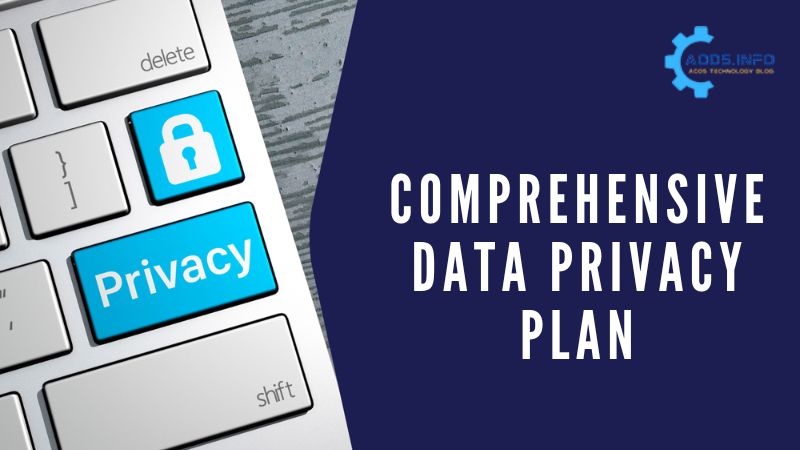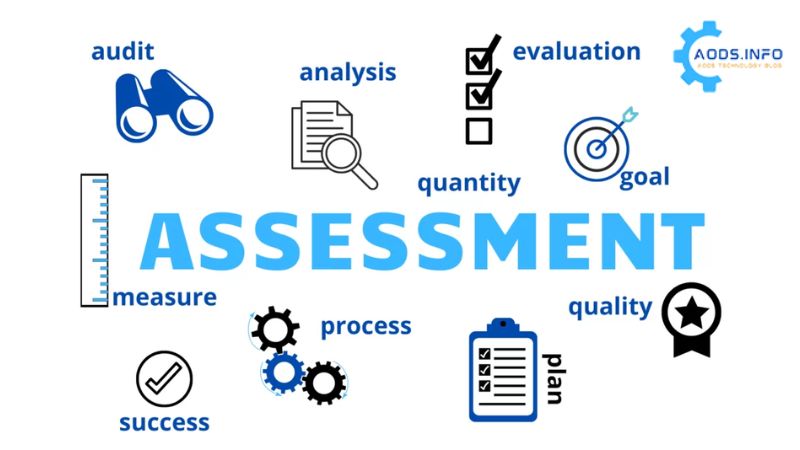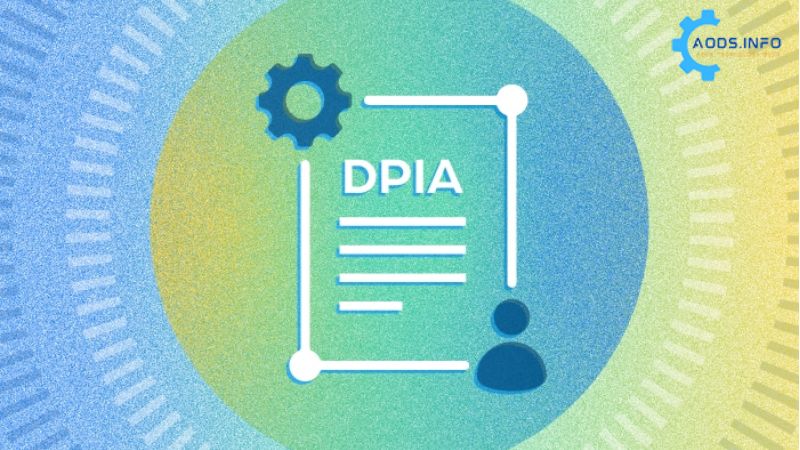In today’s digital landscape, where personal data has become a valuable commodity, organizations face increasing pressure to prioritize data privacy and security. With the proliferation of data breaches and heightened awareness among consumers about their privacy rights, the need for a robust data privacy plan has never been more critical. A data privacy plan serves as a blueprint for how organizations collect, use, store, and protect sensitive information, ensuring compliance with legal and regulatory requirements while fostering trust with customers and stakeholders.
A data privacy plan encompasses a multifaceted approach to safeguarding personal information, encompassing policies, procedures, training, and technological safeguards. Let’s delve with Aods.info into the key components of a comprehensive data privacy plan:
Contents
- 1 Comprehensive Data Privacy Plan
- 1.1 1. Assessment of Data:
- 1.2 2. Legal and Regulatory Compliance:
- 1.3 3. Data Privacy Policies and Procedures:
- 1.4 4. Data Minimization and Purpose Limitation:
- 1.5 5. Data Security Measures:
- 1.6 6. Data Privacy Training and Awareness:
- 1.7 7. Data Privacy Impact Assessments (DPIA):
- 1.8 8. Vendor and Third-Party Management:
- 1.9 9. Data Retention and Deletion:
- 1.10 10. Monitoring and Audit:
- 1.11 11. Incident Response Plan:
- 2 Sum Up
Comprehensive Data Privacy Plan
1. Assessment of Data:
Before crafting a data privacy plan, organizations must conduct a thorough assessment of the types of data they collect and process. This includes identifying personal, financial, health-related, and other sensitive information. By understanding the nature and sensitivity of the data they handle, organizations can tailor their privacy measures accordingly.
2. Legal and Regulatory Compliance:
Compliance with data protection laws and regulations is paramount for any organization that collects and processes personal data. The General Data Protection Regulation (GDPR), California Consumer Privacy Act (CCPA), Health Insurance Portability and Accountability Act (HIPAA), and other regulations set forth stringent requirements for data handling practices. A data privacy plan should ensure adherence to these laws and standards, mitigating the risk of non-compliance and potential legal ramifications.
3. Data Privacy Policies and Procedures:
Central to a data privacy plan are comprehensive policies and procedures governing the collection, use, storage, and sharing of data. These policies should outline clear guidelines for employees on how to handle sensitive information ethically and responsibly. Additionally, procedures for responding to data breaches and addressing data subject requests should be established to facilitate timely and appropriate actions.
4. Data Minimization and Purpose Limitation:
A fundamental principle of data privacy is the minimization of data collection and purpose limitation. Organizations should only collect the data necessary for specified, legitimate purposes and refrain from using it for unrelated or excessive purposes. By adhering to these principles, organizations can reduce the risk of data misuse and unauthorized access.
5. Data Security Measures:
Robust data security measures are essential for protecting personal information from unauthorized access, disclosure, or alteration. Encryption, access controls, firewalls, and regular security assessments are among the many tools and techniques organizations can employ to safeguard data. Implementing a layered approach to security can help mitigate risks and fortify defenses against evolving cyber threats.
6. Data Privacy Training and Awareness:
Employees play a crucial role in upholding data privacy principles and mitigating risks associated with data handling. Therefore, organizations should provide regular training and awareness programs to educate employees about data privacy policies, procedures, and best practices. By fostering a culture of privacy awareness, organizations can empower employees to become stewards of data protection.
7. Data Privacy Impact Assessments (DPIA):
Data Privacy Impact Assessments (DPIAs) are systematic evaluations of the potential privacy risks associated with data processing activities. By conducting DPIAs for new projects, products, or processes, organizations can identify and address privacy risks proactively. DPIAs enable organizations to implement privacy-enhancing measures and demonstrate a commitment to privacy by design and default.
8. Vendor and Third-Party Management:
Many organizations rely on vendors and third-party service providers to support their operations. However, these relationships can introduce additional privacy risks if not managed effectively. Therefore, a data privacy plan should include protocols for evaluating the data privacy practices of vendors and third parties, ensuring that contracts include appropriate data protection clauses and requirements.
9. Data Retention and Deletion:
Over-retention of data poses significant privacy risks and can expose organizations to unnecessary liabilities. Establishing clear policies for data retention and deletion is essential for minimizing these risks. Organizations should retain data only for as long as necessary to fulfill its intended purpose and securely delete or anonymize data when it is no longer needed.
10. Monitoring and Audit:
Continuous monitoring and periodic audits are essential for ensuring compliance with data privacy policies and identifying vulnerabilities or weaknesses in data protection measures. By regularly assessing their data privacy practices, organizations can proactively identify and address areas for improvement, reducing the likelihood of data breaches or compliance violations.
11. Incident Response Plan:
Despite best efforts to prevent data breaches, incidents may still occur. An effective incident response plan is critical for minimizing the impact of breaches and mitigating harm to affected individuals. A data privacy plan should include detailed procedures for responding to incidents, including containment, investigation, notification of affected parties, and coordination with regulatory authorities.
Sum Up
In conclusion, a robust data privacy plan is indispensable for organizations seeking to protect personal information and uphold the trust of their customers and stakeholders. By implementing comprehensive policies, procedures, training, and technological safeguards, organizations can demonstrate a commitment to privacy and mitigate the risks associated with data handling. In an era where data privacy concerns loom large, a proactive approach to data protection is not just a legal obligation but a strategic imperative for long-term success.




